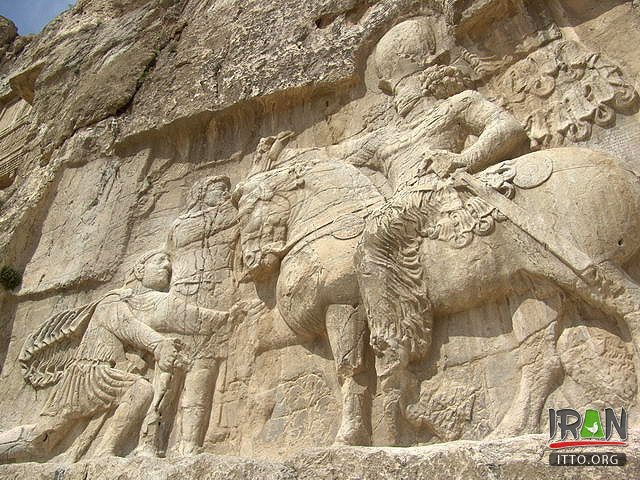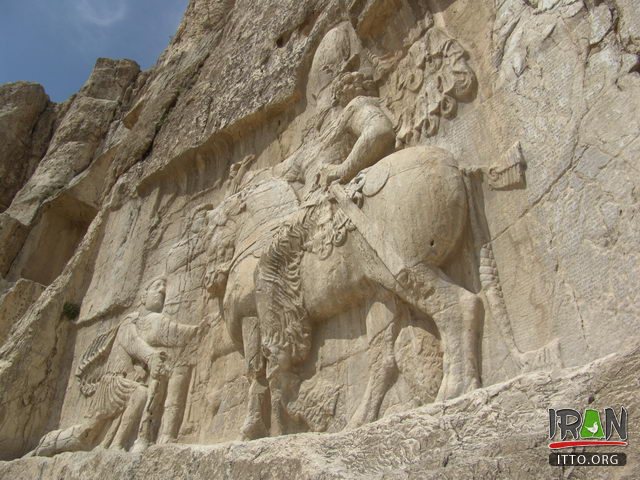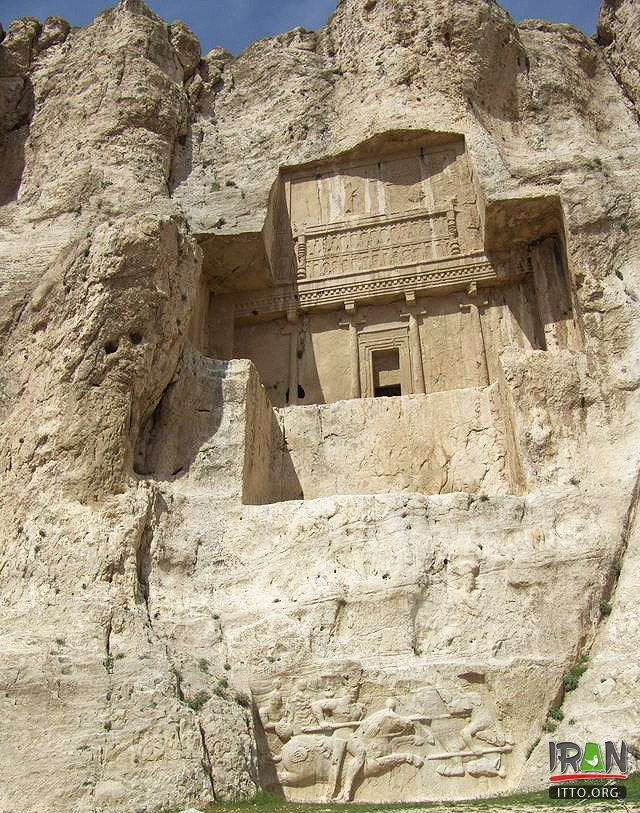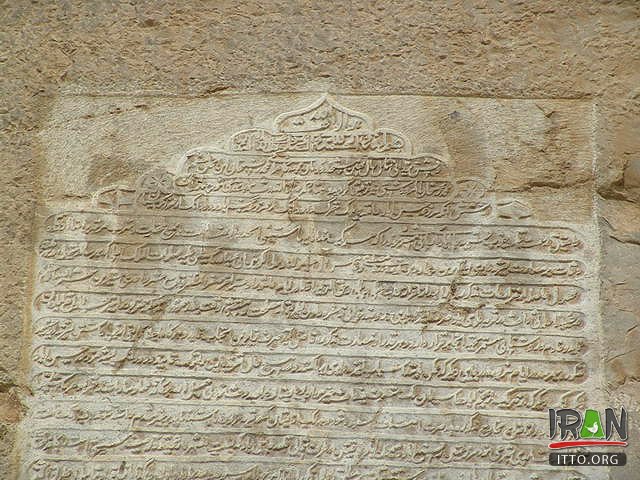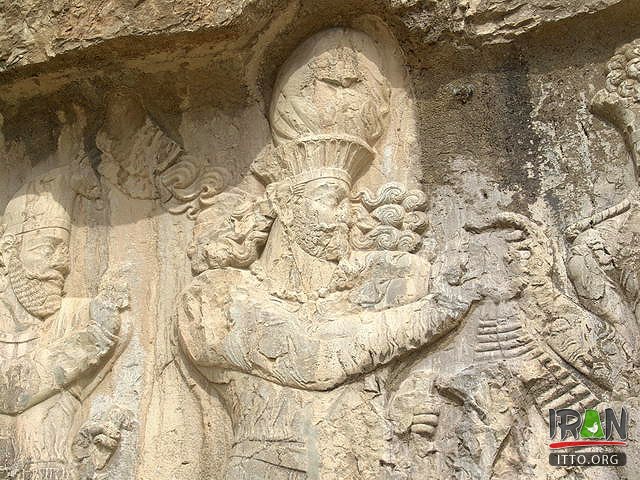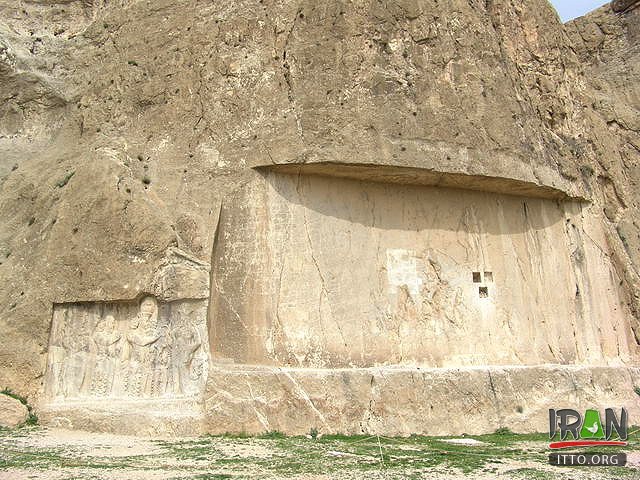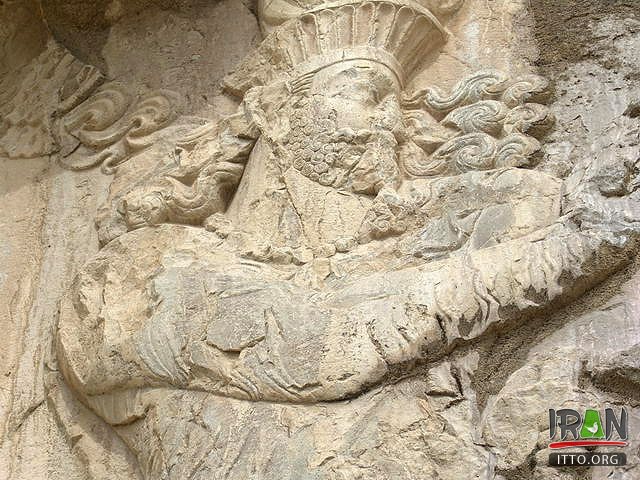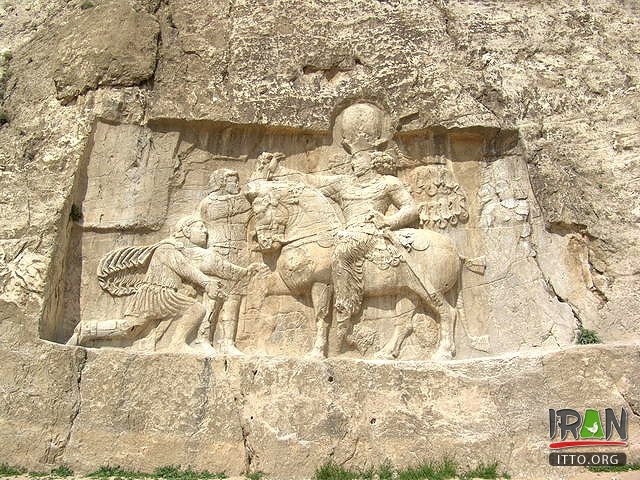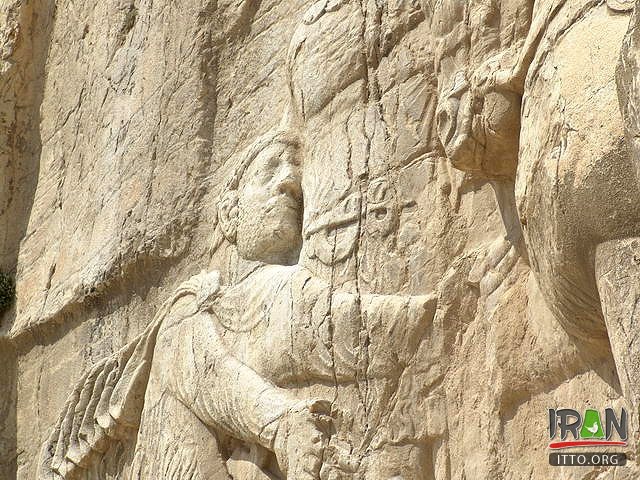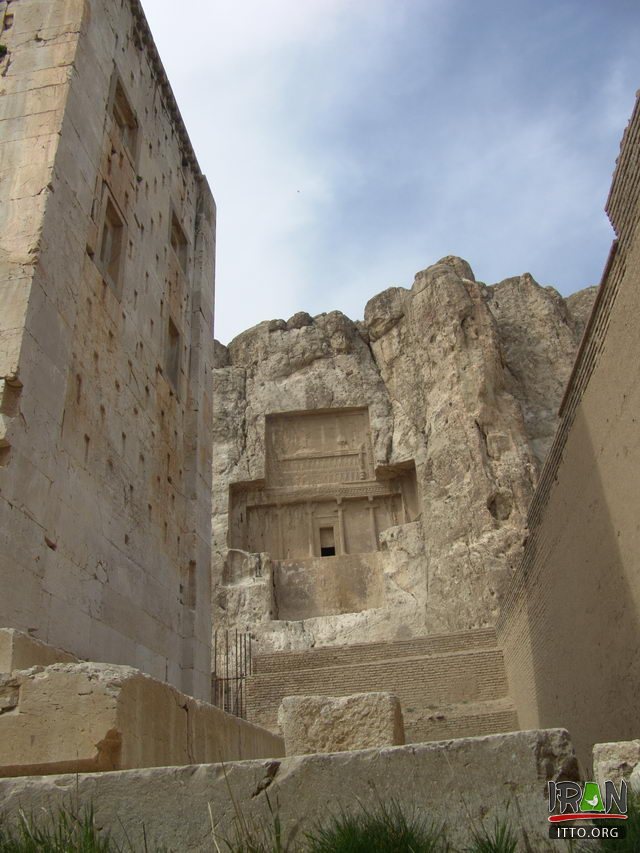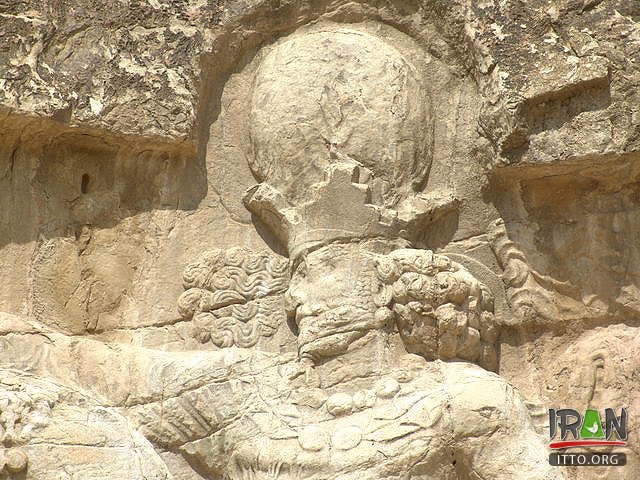Naqsh-e Rustam (meaning Throne of Rustam) is located approximately 5 km (3 miles) to the northwest of Persepolis, the capital of the former Achaemenid (Persian) Empire.
In the same direction as the historical site of Naghsh-e-Rajab and at the termination of the Haji-Abad Mountain, there are many historical ruins belonging to the Achaemanian, ...
